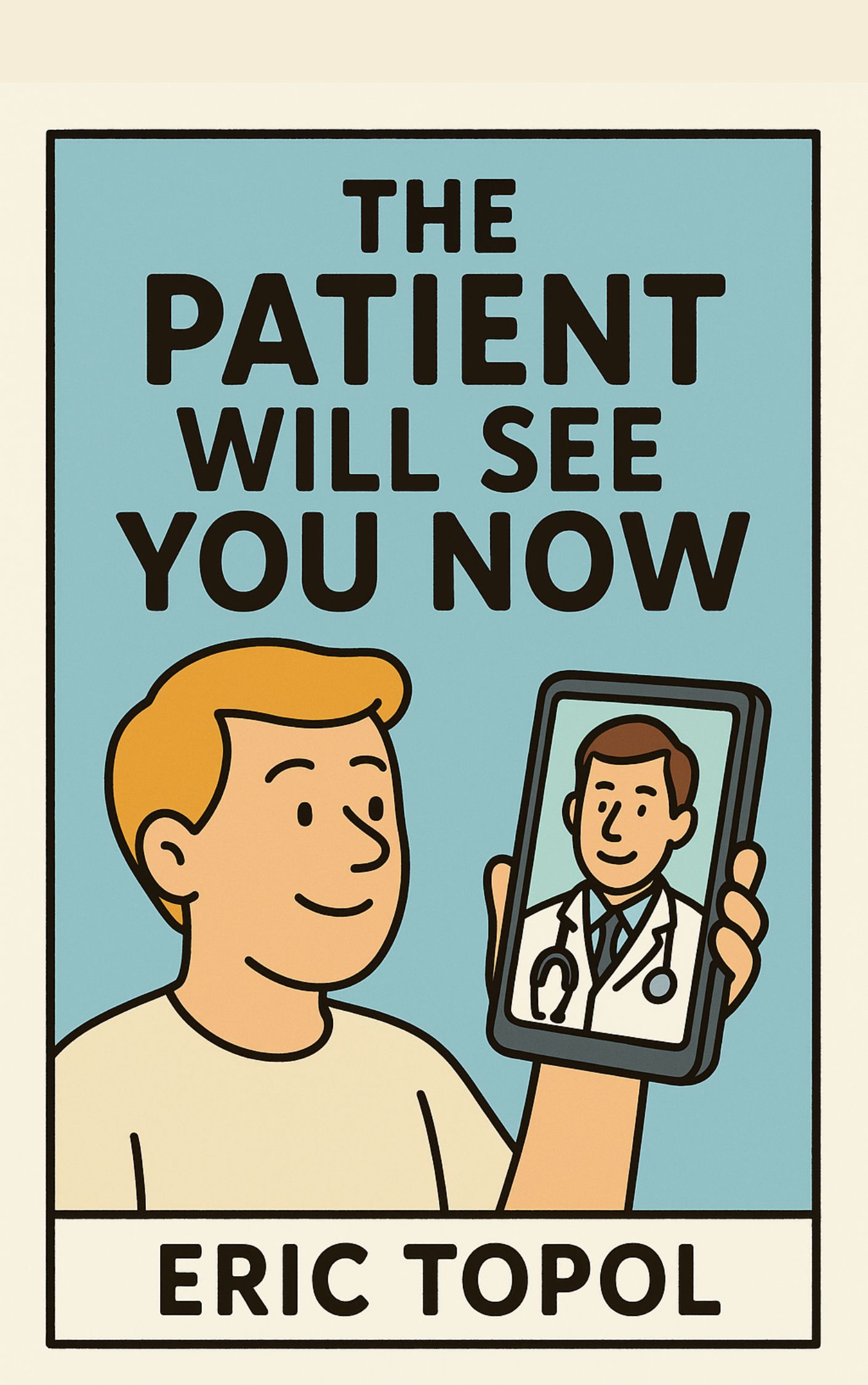Description
Going to the doctor has always been a slow and frustrating process. You wait in crowded rooms, spend little time with the doctor, and often leave with an expensive prescription. For many people around the world, even getting to a doctor is not possible at all. But medicine is changing. New technology is giving people more power, helping them understand their bodies, and even replacing some of the traditional roles of hospitals and clinics. The future of health care is one where the patient has much more control.
One of the biggest forces behind this change is the smartphone. Nearly everyone today has a phone, and many of them are smartphones with advanced features. These devices are not just for texting or browsing the web. They can now be used for health in ways that were never possible before. Some apps can analyze photos of skin problems and connect you with a doctor quickly. Soon, phones may be able to test saliva or blood drops for diseases like malaria or HIV, all at a fraction of today’s cost.
This shift is especially important for countries where there are very few doctors. In some regions of Africa, there may only be one doctor for thousands of people. Yet millions already use mobile phones. Even simple text messages have been used to encourage people to get tested for diseases. As smartphones spread, the ability for people to take charge of their own health will grow, and lives will be saved without the need for traditional clinics.
Technology is also shifting the balance of power between doctors and patients. For centuries, medicine was built around the idea that doctors held all the knowledge. Patients had to follow instructions without asking too many questions. But as genetic testing and health information become available directly to people, this old structure is changing. If you can read your own genetic risks, you can make big choices for yourself, like preventive treatments or lifestyle changes.
This doesn’t mean doctors are no longer needed, but it does mean patients are less passive. Instead of being told what to do, people can join in the decision-making. Some high-profile examples have already shown how genetic information can guide life-saving choices. As testing gets cheaper and more available, more people will use it, and the culture of medicine will move toward shared control.
Hospitals themselves are also changing. In the past, many illnesses required long hospital stays. Now, thanks to technology, more treatments are handled in a single day. Remote consultations, video calls, and home monitoring devices mean patients can often avoid hospitals altogether. Some modern clinics are being built without overnight beds, because people no longer need to stay there. This not only saves money but also makes care less stressful and more comfortable.
The financial side of health care is another area being reshaped. Costs in some countries, especially the United States, are shockingly high. Often, patients and even doctors don’t know the real prices of medical services. Technology is introducing transparency. Apps now allow patients to compare prices for tests and treatments, forcing providers to be more open and competitive. This transparency could reduce waste and make health care more affordable for everyone.
Another powerful development is the collection of personal health data. Imagine a digital map of your body, built from different layers of information: your heart rate, your DNA, your bones and organs. Scientists are working toward this kind of “human map.” Sensors already track things like heart rhythms and blood pressure, and genome sequencing is getting cheaper every year. Once these layers are combined, doctors and patients will have a complete picture of health in a way that has never existed before.
When these human maps are connected to large data systems, the results could be extraordinary. Treatments could be tailored to each person’s unique genetic profile. Cancer therapies, for example, could be chosen based on what worked best for people with the same genetic background. Parents could be warned early about risks for their children. Diseases that are now mysterious could become much easier to understand.
Chronic illnesses, which take up most of the world’s health resources, could also be managed better with big data. Conditions like diabetes, heart disease, or PTSD could be predicted earlier, sometimes even before symptoms appear. Algorithms are already capable of spotting outbreaks and warning health authorities before humans can react. With enough data, doctors could act sooner and prevent suffering instead of simply reacting to it later.
Of course, with all this data comes risk. Medical information is deeply personal. If it falls into the wrong hands, it could be misused. Hackers could steal identities and get access to drugs or insurance. Companies might try to use genetic information to sell products or even deny coverage. Protecting privacy will be one of the most important challenges in this new medical world. Patients must remain the true owners of their health information, not corporations or governments.
The main message is clear: medicine is moving from a doctor-centered system to a patient-centered one. Smartphones, apps, genetic tests, and big data are giving people the ability to take control of their health in ways that were impossible before. Hospitals will play a smaller role, costs will become more transparent, and treatments will become more personalized. At the same time, society will need strong protections to make sure personal health data is safe.
The future of medicine is no longer a distant idea. It is already happening. The waiting rooms, endless paperwork, and hidden prices of today may soon be replaced by a system where patients guide their own health, supported by technology that empowers instead of limits. In this future, it truly is the patient who will see the doctor, not the other way around.





